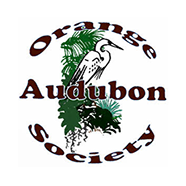Identifying An Injured Bird
If you find a bird on the ground, the most important step is to figure out if it is really injured or orphaned before moving it! OAS does not take in injured or orphaned wildlife. Scroll down for a list of licensed wildlife rescue and rehabilitation centers who can help.
How old is the bird?
Is the bird a nestling, fledgling, or injured adult? The bird’s age will determine what you should do. Nestlings are sparsely feathered and can’t yet hop, walk, or grip your finger. Fledglings have feathers (though they may only have a stubby tail) and can walk, hop or tightly grip your finger or a twig. Adults are fully feathered, but they may be injured.
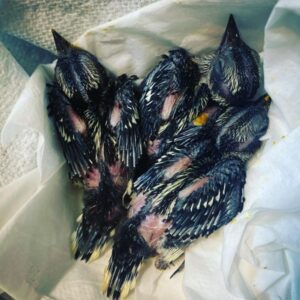
If a nestling is on the ground
Observe the bird and intervene a little as possible. The parents might be nearby. It is okay to put a baby bird back in its nest. If the nest is destroyed or unreachable, leave the bird close by or put it in a cardboard box lined with tissue and suspend it from a branch by where you found it. Leave it alone and wait to see if the parents return. It could take hours.
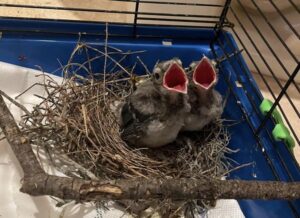
If a fledgling is on the ground
Leave the unharmed fledgling on the ground as it learns to fly. As long as the parents are observing and frequently feeding the young fledgling, it’s being well taken care of and needs no help from you.
If you know for certain that the bird is orphaned, Ensure the safety of the bird by keeping pets and people away from it. Carefully put it in a cardboard box lined with tissue with a lid or towel over the top and keep in a cool place. Call a wildlife rehabilitator for further instructions. Don’t try to keep it.
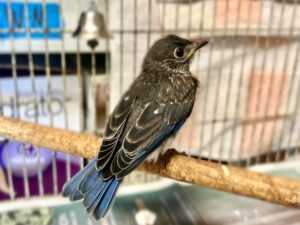
If an adult bird is injured
If there is no visible injury it may just be in shock and need time to recover. Do not touch the bird with your bare hands: Wear gloves to protect your hands. Carefully place it in a cardboard box lined with tissue. Put a lid or towel over the top and keep in a cool place. Don’t try to give it food or water. Every 15 minutes take the bird outside to see if it can fly away. If no luck after a few hours, it is time to call a wildlife rehabilitator.
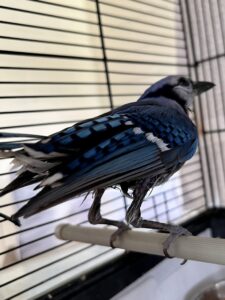
Local Wildlife Rescues and Rehabilitation Centers
Takes in raptors (birds of prey) only.
Takes in raptors (birds of prey) only.
Takes in injured and orphaned native wildlife (including birds).
Takes in injured and orphaned native wildlife (including birds).
